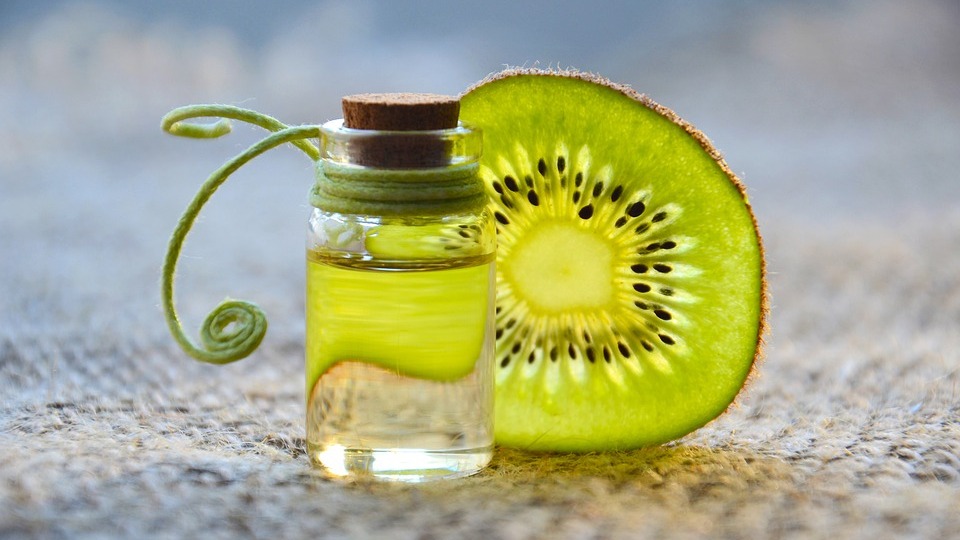Cephalin
Cephalin The cephalin whose name derives from the Greek kephalḗ, head is a fat substance belonging to the category of
Read more
 Section dedicated to technical data sheets on natural active ingredients produced by plants or fungi and of various uses in food, pharmaceuticals and chemistry. Among these substances some have legislative restrictions, also depending on the country where they can be used. The most important thing that emerges from the study of these is that Nature is our largest laboratory, able to offer us all the necessary solutions.
Section dedicated to technical data sheets on natural active ingredients produced by plants or fungi and of various uses in food, pharmaceuticals and chemistry. Among these substances some have legislative restrictions, also depending on the country where they can be used. The most important thing that emerges from the study of these is that Nature is our largest laboratory, able to offer us all the necessary solutions.
Guido Bissanti
Dimethylglycine Dimethylglycine (DMG), whose term in the official IUPAC nomenclature is: acetic acid (Dimethylamino) or also N, N-dimethylglycine is a
Read moreStigmasterol Stigmasterol, whose term in the official IUPAC nomenclature is: (3S, 8S, 9S, 10R, 13R, 14S, 17R) -17 – [(E,
Read moreβ-sitosterol Β-sitosterol is a phytosterol whose term in the official IUPAC nomenclature is: 10R, 13R-dimethyl-17R- (5R-ethyl-6-methylptan-2R-yl) -2,3,4,7,8,9, 11,12,14,15,16,17-dodecahydro-1H-cyclopenta [a] phenanthren-3S-ol.
Read more5-hydroxytryptophan 5-hydroxytryptophan, whose term in the official IUPAC nomenclature is: 2S-amino-3- (5-hydroxy-1H-indol-3-yl) propanoic acid, is an amino acid obtained from
Read moreJatrorrhizine Jatrorrhizine, whose term in the official IUPAC nomenclature is: 2,9,10-trimethoxy-5,6-dihydroisoquinoline [2,1-b] isoquinolin-7-ium-3-ol is an alkaloid. This substance has a
Read moreEriodictyol Eriodictyol, whose term in the official IUPAC nomenclature is: (2S) -2- (3,4-Dihydroxyphenyl) -5,7-dihydroxy-4-chromanone is a flavone of natural origin.
Read moreChrysoeriol Chrysoeriol, whose term in the official IUPAC nomenclature is: 5,7-Dihydroxy-2- (4-hydroxy-3-methoxyphenyl) cromen-4-one is a compound of natural origin with
Read moreEucalyptol Eucalyptol, whose term in the official IUPAC nomenclature is: 1,3,3-trimethyl-2-oxabicycle [2,2,2] octane is a cyclic ether and a monoterpenoid.
Read more